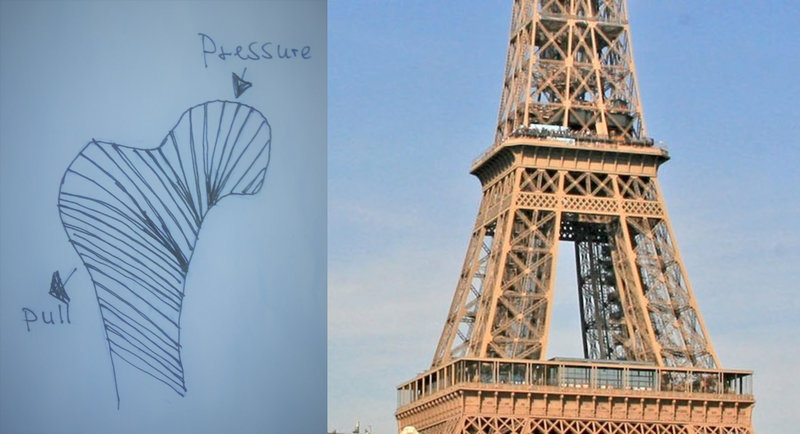Bone marrow is primarily located in ribs, pelvis, sternum, shoulder blades, skull and long bones (femur). This is where stem cells and new blood cells are produced. White blood cells then travel via blood to the lymphatic organs where they form together the immune system.
Conclusion: By moving a muscle towards a bone and then holding the pose will stimulate the bone’s membrane, the production of blood cells in the bone marrow and consequently the immune system. Provided, yoga is being practiced repeatedly this way.
